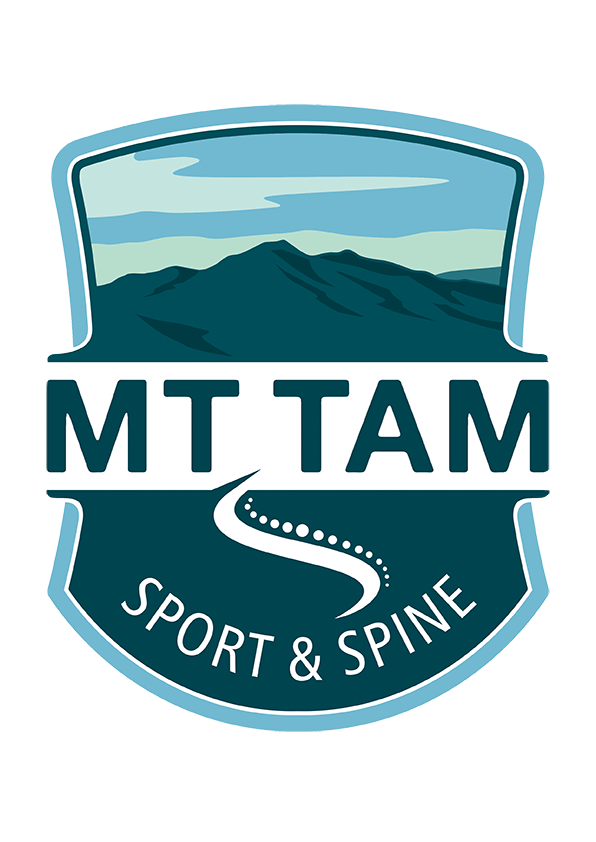📣 Movement Myth-Busting: “Never Let Your Knees Go Over Your Toes?" Not So Fast…
📣 Movement Myth-Busting: “Never Let Your Knees Go Over Your Toes”? Not So Fast…
For decades, a popular fitness rule has echoed through gyms, clinics, and locker rooms:
“NEVER let your knees go past your toes.”
It sounds protective and well-intentioned — and in some contexts, it was meant to prevent excessive strain on the knees. But as we’ve advanced in our understanding of human movement, biomechanics, and injury prevention, it’s time to reframe this old advice.
✅ The Truth: Yes, Your Knees Can Go Past Your Toes — and Often Should
Let’s be clear: in natural, healthy human movement, the knee going over the toe is not only safe — it’s normal.
In fact, it’s essential for:
Walking down stairs
Running, sprinting, and cutting in sport
Deep squats (which are fundamental in both athletic performance and joint health)
Lunges and step-ups
Getting off the floor or out of a chair
When we prevent the knee from traveling over the toe, we often shift excessive load to the hips or lower back, and compromise mechanics elsewhere.
Key Point: The body moves as a system. Restricting natural motion in one area causes compensations elsewhere — and often where we least want them.
What the Research Shows
Fry et al. (2003) found that restricting the knees from moving past the toes during a squat increased stress on the hips and lower back by over 1000% compared to a natural squat pattern.
Schoenfeld (2010) concluded that knee travel past the toes during squatting is a normal, biomechanically sound movement for most individuals, particularly in athletes and healthy adults.
In cultures where deep squatting is common in daily life, rates of knee osteoarthritis are actually lower — despite frequent knee-over-toe movement (Davis et al., 1999).
⚠️ But Wait — Are There Exceptions?
Yes. There are a few scenarios where limiting knee-over-toe movement is smart — at least temporarily:
Acute Knee Injury or Post-Surgical Rehab:
If someone is recovering from an ACL repair, patellar tendonitis, meniscus surgery, or acute swelling, keeping the knee behind the toe during early rehab phases may reduce anterior knee shear forces.
Poor Control or Stability:
If a person lacks the mobility, strength, or coordination to control their knee as it travels forward, it may drift medially (valgus) or collapse. In these cases, regressing or modifying movements is warranted until control is restored.
Bottom Line: It’s Not “Knees Over Toes = Bad.” It’s “Uncontrolled Knees = Risk.”
Let’s replace outdated rules with more precise, functional guidance:
Train knees over toes — in controlled, progressive ways — especially for athletes, runners, skiers, lifters, and anyone who wants to age well.
Emphasize control, alignment, and intent over arbitrary joint rules.
Modify or limit forward knee travel only when there’s a clinical reason — like post-op rehab or poor joint control.
Want to Test This for Yourself?
Try this simple drill:
Stand facing a wall, toes about 2–4 inches away.
Slowly bend your knees and try to touch them to the wall without lifting your heels.
Can you control that motion? Any pain or wobbles? This is a basic but powerful way to assess your own knee-over-toe capacity.
If you’ve been avoiding letting your knees go forward because someone told you it was “dangerous” — it’s time to give your body back the freedom it was designed for. Train smart. Move well. Respect your biology.
Need help finding your ideal squat or lunge pattern? Let’s talk — we’ll get your body back in rhythm.
